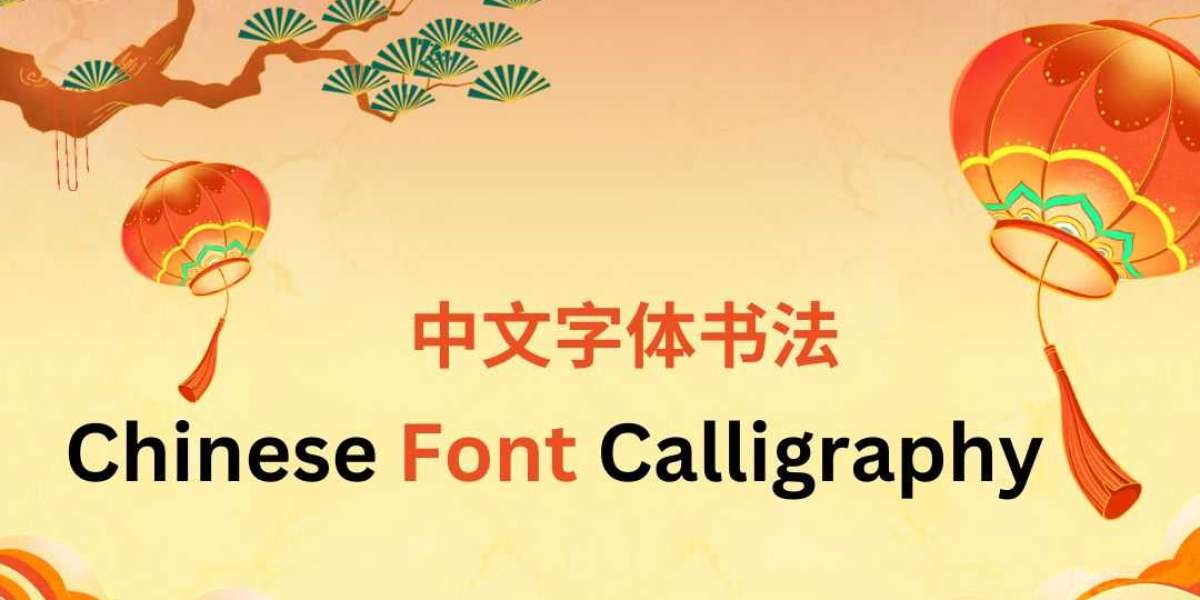Chinese font calligraphy is more than elegant brushstrokes—it's the living spirit of Chinese heritage, philosophy, and aesthetic values. At China Art Hub, we explore this intricate art form by diving deep into its stylistic evolution, cultural impact, and how enthusiasts today engage with it across modern and traditional platforms.
Whether you're a beginner or a seasoned calligraphy lover, understanding Chinese font calligraphy can open a new appreciation for visual storytelling and written expression rooted in over 3,000 years of tradition.
What is Chinese Font Calligraphy?
Chinese font calligraphy (書法字體) refers to the stylized way of writing Chinese characters using brush or pen, following classical principles of balance, stroke order, rhythm, and spirit. It’s not just handwriting; it's an art of disciplined spontaneity. Each font style carries historical roots, cultural meanings, and visual rhythm.
Key Styles of Chinese Font Calligraphy
Here's a breakdown of the main calligraphic styles and how they differ:
| Style Name | Chinese Name | Visual Characteristics | Origin Era |
|---|---|---|---|
| Seal Script | 篆書 | Rounded, uniform strokes | Qin Dynasty |
| Clerical Script | 隸書 | Flat, wave-like strokes | Han Dynasty |
| Regular Script | 楷書 | Square, highly legible | Wei Dynasty |
| Running Script | 行書 | Flowing, cursive elements | Jin Dynasty |
| Grass Script | 草書 | Extremely cursive, abstract | Han Dynasty |
Note: Each style reflects the historical mood and cultural needs of its era. Seal Script was for imperial use, while Regular Script became the standard for literacy and education.
Why Chinese Font Calligraphy Still Matters
Chinese calligraphy is deeply tied to:
Cultural Identity: A visual symbol of language, values, and philosophical thought.
Artistic Practice: Blending control and freedom in every stroke.
Meditative Focus: Practicing calligraphy enhances concentration and mindfulness.
Design and Branding: Modern graphic designers and artists use Chinese fonts in packaging, fashion, and digital art for a sense of heritage and authenticity.
How to Learn or Practice Chinese Font Calligraphy
At China Art Hub, we help learners engage with calligraphy through:
Step-by-Step Learning Path:
Start with Regular Script (楷書)
Best for beginners due to clarity and structure.
Study Stroke Order and Structure
Every character follows a unique stroke order essential for aesthetic harmony.
Practice with Brush or Magic Pencil
Magic pencils simulate brush textures without ink mess—ideal for learners.
Observe Masters
Study ancient calligraphy by Wang Xizhi, Ouyang Xun, or modern calligraphy artists.
Daily Practice Repetition
15–30 minutes a day can lead to steady improvement.
Table: Tools Needed for Chinese Font Calligraphy
| Tool | Purpose |
|---|---|
| Brush Pen or Magic Pencil | Simulates traditional ink flow |
| Calligraphy Paper | Absorbs ink and helps with flow |
| Ink Stick and Stone | Traditional method for ink making |
| Copybook Templates | Guides for character practice |
| Desk Pad | Keeps workspace neat and controlled |
Chinese Font Calligraphy in the Digital Age
With the rise of typography and design tools, traditional scripts are now digitized into usable fonts for:
Logo design
App interfaces
Cultural posters
Wedding invitations
Tattoo concepts
Designers can choose from hundreds of Chinese calligraphy fonts reflecting Regular, Clerical, or Grass script styles—blending ancient charm with digital precision.
FAQs About Chinese Font Calligraphy
What is the best style for beginners?
Regular Script (楷書) is the most beginner-friendly due to its clear structure and consistent rules.
Can I practice calligraphy without ink?
Yes. Magic pencils and water-writing cloths allow clean, reusable practice without traditional ink preparation.
Are calligraphy fonts used in modern design?
Absolutely. Chinese calligraphy fonts are integrated into everything from brand logos to interface UI design, especially in Asia-Pacific markets.
How is calligraphy different from handwriting?
Calligraphy emphasizes form, harmony, and emotion through brush techniques. It's considered a fine art, unlike general handwriting which prioritizes speed and legibility.
Does calligraphy have spiritual or meditative benefits?
Yes. Practicing calligraphy promotes calmness, mental clarity, and breathing regulation, often compared to the benefits of Tai Chi or meditation.
What makes Chinese calligraphy fonts unique?
The unique structure of Chinese characters—with their roots in pictographs and ideograms—allows for expressive, symbolic lettering not found in alphabetic writing systems.
Final Thought
Chinese font calligraphy continues to shape identity, aesthetics, and mindfulness across generations. From ancient imperial scrolls to modern branding, its value remains undeniable. At China Art Hub, we celebrate and support every learner and enthusiast who wants to explore this expressive and timeless art.



